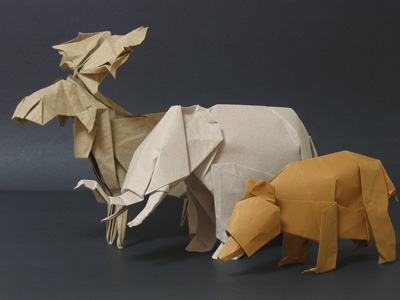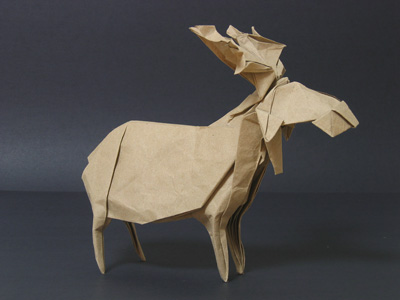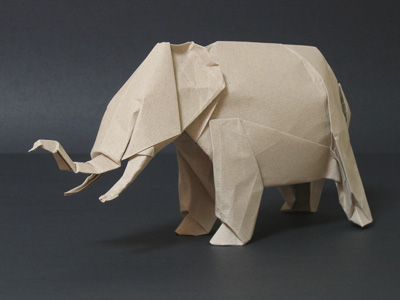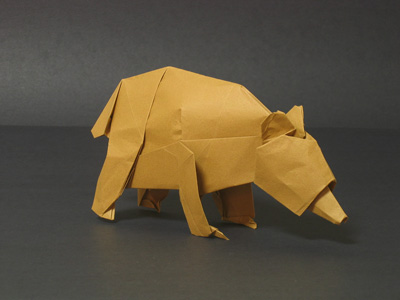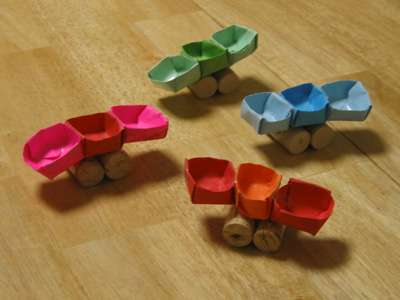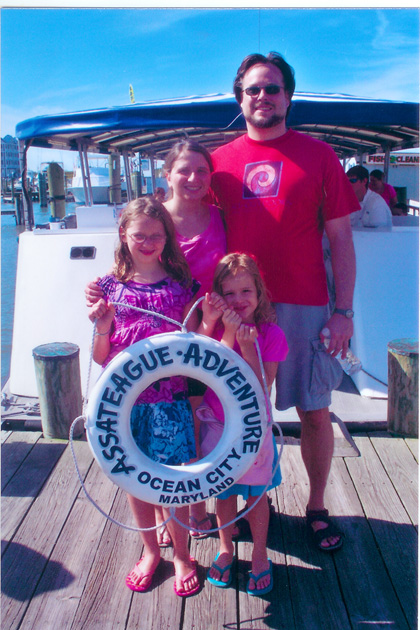I mentioned that our car was having trouble last week. The car started overheating on the way home from the beach, and this seemed to affect the power and acceleration and also the braking. It was so bad we drove straight to our local garage rather than going all the way home. The car is a ’99 Jeep Grand Cherokee coming up on 100,00 miles. Jeannie has been increasingly concerned about the car’s reliability, and since this was an unexpected repair it called the whole issue of whether to repair or replace the vehicle into question.
The car was in the shop for the better part of a week, and we spent a good chunk of that time researching potential replacements. We had a camping trip coming up, which is the max load for us, with the kids and all our camping stuff filling the car to the limit, so time was tight.
We mainly use this car for family road trips, and I haul stuff around in it from time to time, so it needs to be big enough for that. Nowadays on weekdays I mainly drive it to the train station and back, but I used to work in Connecticut and that was a long commute, so the car needs to be versatile and good in rough weather, snow and terrain. It needs to be big enough, but I don’t want anything too huge. There’s a whole category of large and extra large SUV’s out there I’m not even looking at.
The one special consideration is that I’m tall, and so many car out there – even large cars – do not have enough headroom for me, so this is a major issue.
I don’t want to get another Jeep, mainly because they are not that well made, but also I don’t like the new body and style. Bigger and heavier but less interior room.
We had looked at Toyotas at the time we bought the Jeep. They were either too small or too monster-truck like, and none were especially well designed. I sat in a Sequoia, and couldn’t sit up straight because the moonroof ate up so much headroom. The one car we liked was the Highlander, but they were brand new at the time and on backorder, and we couldn’t wait, so we got a 3 year old Jeep instead. We rented a newly redesigned Highlander on or recent trip to New Mexico, and I don’t like it, particularly the interior.
We went and looked at Subaru’s earlier this week. Our other car is a Subaru, and we love the Subaru boxer engines and AWD drivetrains, and their really great long term reliability. Subaru has supersized both the Forester and the Tribeca in them last year or two so we thought we’d check them out.
We were hopeful about the Forester. It is just a bit smaller than the Jeep, but is significantly lighter and gets significantly better gas mileage, and is very well designed overall, and reasonably priced. It is big enough in the front seat but has less cargo space. The biggest problem is that you can only get it with a roof rack if you also get the sunroof, and then it doesn’t have enough headroom. Disappointing.
Tribeca is even more frustrating. It’s their flagship car and is as long and heavy as our jeep and gets comparable mileage. It has a 6-cylinder version of the boxer engine, which you’d except would be awesome. But the roof is just too low, and the curvy back end cuts down a lot on the cargo space. And again with conjoined roof rack moonroof option. With the moonroof I can’t even sit up straight in the front seat. Yeesh.
Next to look at is Hondas. The Pilot is at the top our list right now. It’s just a shade bigger than the Jeep, gets a bit better mileage, and is available in 4 wheel drive. We’ve seen a bunch of 2 and 3 year old Pilots listed for $10 less than a new one, which is generally a good point value curve. (We seem to put about $1000 a year into maintenance and repair on both of our cars, and the Subaru is even older than the Jeep, but that’s still a much better deal than losing $5K a year to depreciation.) We’re also considering the CR-V, but we’re concerned it may be too small. They look to be comparable to the Forester.
While we were building our dossier of cars to check out we heard back from the garage. The overheating was caused by a hole in the exhaust pipe up near the engine. I had known about the whole before, and the garage had said it would cost well over $1000 to replace, as the pipe was part of integral unit that includes the catalytic converter. The hole itself was caused by corrosion where a clip had been welded onto the pipe (using a different metal) to hold on a pretty-much-useless piece of heat shielding. This is a perfect example of why I’m not getting another Jeep.
When I was first told about this, I decided to fix it myself using a muffler patch kit from an auto parts store. It worked well enough thru the winter, but I guess by spring it had worn thru and the hole was larger than ever, with the weather in the 90’s it became an issue. So this time I convinced my mechanic to patch the hole by welding on a plate, which costs only a couple hundred bucks.
The repair was complicated, however, by the last time the car was in the shop. This was in Washington, D. C., at a Firestone, not at our regular garage. I had needed a new set of tires, because one of the tires was wearing unevenly on the trip. The tires were old anyway, so that was not a big deal apart from the inconvenience, but it was the result a bad alignment or something, so that needed to be done again. The thing is, the garage over-tightened and cross-threaded a bunch of the lug nuts when they put the tires on, so now my mechanic spent the better part of a day getting them off and destroyed one of the wheels in the process, which of course needed to be replaced. Luckily he charged me only a fraction of the labor cost, and wrote me a letter I can use to try and pursue some kind of remuneration from the Firestone.
But now that car is fixed and feels better than ever, and is quite again to boot. We took it camping and home again and it performed great, so hopefully we’ll get another year or two out of it without any trouble. So for now we saved ourselves the hassle and cost of buying an new car. But we’ll continue our research, cuz next time something happens to the car, we’ll probably decide to replace it, which will be much easier to do if we know what kind of car we want.
The camping trip itself was great fun, even though we had some rain. We had planned on going up Friday afternoon, but delayed because there were flood and tornado warnings up near the campground. So we went up bright and early Saturday morning, which was good because the traffic was light, by time we got there the rain was ending. Apparently Friday night was clear by nightfall, but it rained again in the morning, so everyone pitched in to help everyone else set up as fast as possible in case the rain came back. The day was clear but the rain came back shortly after dark. Lizzy and her friends go flooded out of the girls’ tent in the middle of the night when a big storm rolled thru. There was also plenty of car-related drama on the trip too. One couple drove up in an 80’s Camero that died as they rolled in. Another friend had his keys locked in his car when he sent one the boys to get mustard from his cooler. Sunday was sunny again by midday, and all our gear dried out, and we got to enjoy the lake and play guitars and all the usual cooking out and hanging out. We stayed until Sunday evening to make up for our late arrival.
Meanwhile, the summer is almost gone, and getting the Jeep fixed sort of trumped the Mustang, so doing the restoration work is deferred yet again. Ah well, one of these days…
